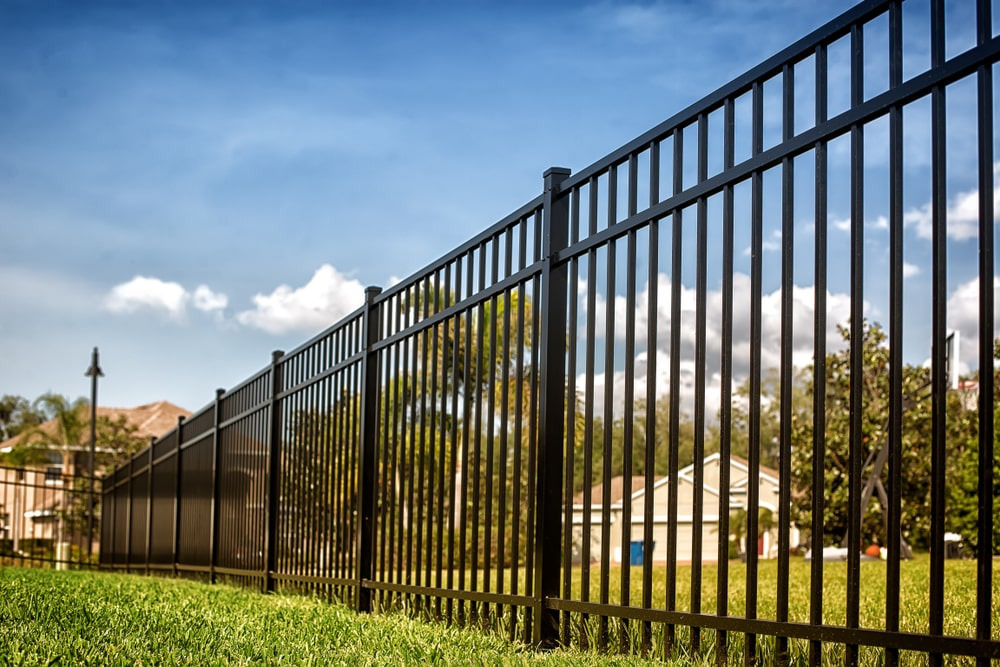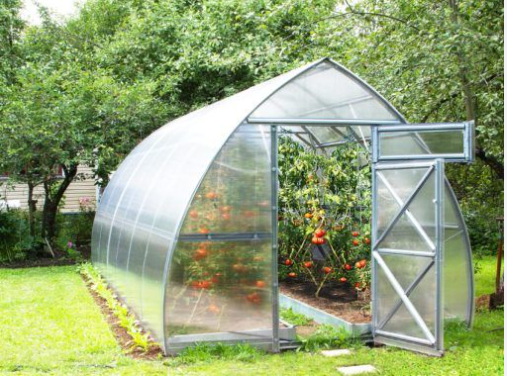Over and above their practical benefits, fences hold substantial symbolic importance in modern society. As physical limitations that delineate restrictions, fences signify notions of management, identification, and interpersonal norms. Let’s discover the deeper significance behind fences (ploty) and discover why they can be crucial in shaping man interaction and landscapes.
1. Ownership and Restrictions:
Fences work as real marker pens of management, demarcating in which 1 property comes to an end and another will begin. This delineation of borders is not only about actual physical area and also about asserting handle and sovereignty over one’s domain. Fences represent a feeling of ownership and that belongs, providing those that have a real representation of the rights and obligations.
2. Societal Significance:
In lots of ethnicities, fences keep deep social significance and they are imbued with symbolism that demonstrates societal beliefs and norms. For instance, in some societies, fences are noticed as signs of exclusivity and elitism, separating the haves from your have-nots. In comparison, in communal cultures, fences may be more porous, symbolizing openness and inclusivity. Knowing the cultural framework of fences helps us take pleasure in their symbolic importance in numerous communities.
3. Social Divisions and Addition:
Fences can also stand for societal divisions and exclusions within neighborhoods. Substantial surfaces and obstacles can indicate segregation and inequality, creating physical obstacles that different men and women based on type, race, or ethnicity. On the other hand, fences with open up gateways and low wall surfaces signify inclusivity and connection, welcoming discussion and encouraging a feeling of local community. The look and awareness of fences can thus represent root sociable dynamics and potential components.
4. Enviromentally friendly Affect:
The proliferation of fences has environmental implications, particularly in countryside scenery. Substantial fencing can fragment environments and affect wildlife corridors, affecting biodiversity and ecosystem well being. Nonetheless, eco-helpful fencing options, such as wild animals-helpful models and permeable barriers, offer remedies that stability man demands with enviromentally friendly efficiency. By reducing their ecological footprint, fences can play a role in the preservation of normal landscapes and wildlife habitats.
5. Traditional Legacy:
All through history, fences have played important jobs in shaping man communities and scenery. From ancient fortifications to colonial enclosures, fences have been accustomed to assert control of territory and solutions. The legacy of fences is reflected in literature, craft, and folklore, where they symbolize themes of splitting up, confinement, and liberation. Knowing the ancient context of fences allows us to enjoy their enduring importance in modern day culture.
To sum up, fences (ploty) are not just bodily boundaries they are signs that stand for complicated interpersonal, ethnic, and environment dynamics. As guardians of boundaries, fences shape human being interaction and scenery, reflecting and strengthening societal beliefs and norms. Understanding the symbolic significance of fences enriches our idea of the developed surroundings and our connection together with the terrain.



